Uzbekistan ki yatra-1981
उज़्बेकिस्तान की यात्रा मेरे लिए आज भी यादगार है। दिल करता है फिर वहां जाऊ और अपने प्रिय मित्रों और खास तौर से अपनी उस्ताद परिपदावात्सलव रइसा करिमोवाना से मिल कर उनका आशीर्वाद प्राप्त करूँ।
Bibi Khanum Mosque, constructed by Amir Temur in 1399-1404 holds historical significance and showcases remarkable architectural aspects. This grand mosque was dedicated to Bibi Khanum, Amir Temur's esteemed eldest wife, who earned the esteemed title of "Big Lady" or "Bibi Khanum" due to her exceptional qualities. Not only was Bibi Khanum known for her wisdom and intelligence, but she also displayed a deep commitment to education, funding the construction of a significant madrasa. The mosque's architectural features, including its majestic domes, intricate carvings, and imposing minarets, reflect the grandeur and artistic prowess of the Timurid dynasty  The history of Bukhara stretches back millennia. The origin of its inhabitants goes back to the period of Aryan immigration into the region.[1] The city itself, currently the capital of the Bukhara Region (viloyat) of Uzbekistan, is about two and a half thousand years old. Located on the Silk Road, the city has long been a centre of trade, scholarship, culture, and religion. During the Golden age of Islam, under the rule of Samanids, Bukhara became the intellectual centre of the Islamic world. In medieval times, Bukhara served as the capital of the Khanate of Bukhara and was the birthplace of Imam Bukhari.
The history of Bukhara stretches back millennia. The origin of its inhabitants goes back to the period of Aryan immigration into the region.[1] The city itself, currently the capital of the Bukhara Region (viloyat) of Uzbekistan, is about two and a half thousand years old. Located on the Silk Road, the city has long been a centre of trade, scholarship, culture, and religion. During the Golden age of Islam, under the rule of Samanids, Bukhara became the intellectual centre of the Islamic world. In medieval times, Bukhara served as the capital of the Khanate of Bukhara and was the birthplace of Imam Bukhari.
 The history of Bukhara stretches back millennia. The origin of its inhabitants goes back to the period of Aryan immigration into the region.[1] The city itself, currently the capital of the Bukhara Region (viloyat) of Uzbekistan, is about two and a half thousand years old. Located on the Silk Road, the city has long been a centre of trade, scholarship, culture, and religion. During the Golden age of Islam, under the rule of Samanids, Bukhara became the intellectual centre of the Islamic world. In medieval times, Bukhara served as the capital of the Khanate of Bukhara and was the birthplace of Imam Bukhari.
The history of Bukhara stretches back millennia. The origin of its inhabitants goes back to the period of Aryan immigration into the region.[1] The city itself, currently the capital of the Bukhara Region (viloyat) of Uzbekistan, is about two and a half thousand years old. Located on the Silk Road, the city has long been a centre of trade, scholarship, culture, and religion. During the Golden age of Islam, under the rule of Samanids, Bukhara became the intellectual centre of the Islamic world. In medieval times, Bukhara served as the capital of the Khanate of Bukhara and was the birthplace of Imam Bukhari.
UNESCO has listed the historic centre of Bukhara, which contains numerous mosques and madrassas, as one of the World Heritage Sites.
Bukhara functioned as one of the main centres of Persian civilization from its early days in the 6th century BCE. The city's architectural and archaeological sites form one of the pillars of Central Asian history and art.[citation needed] The region of Bukhara has long been formed part of the Persian Empire.
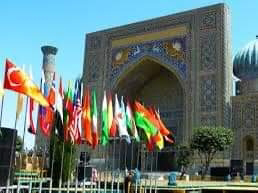


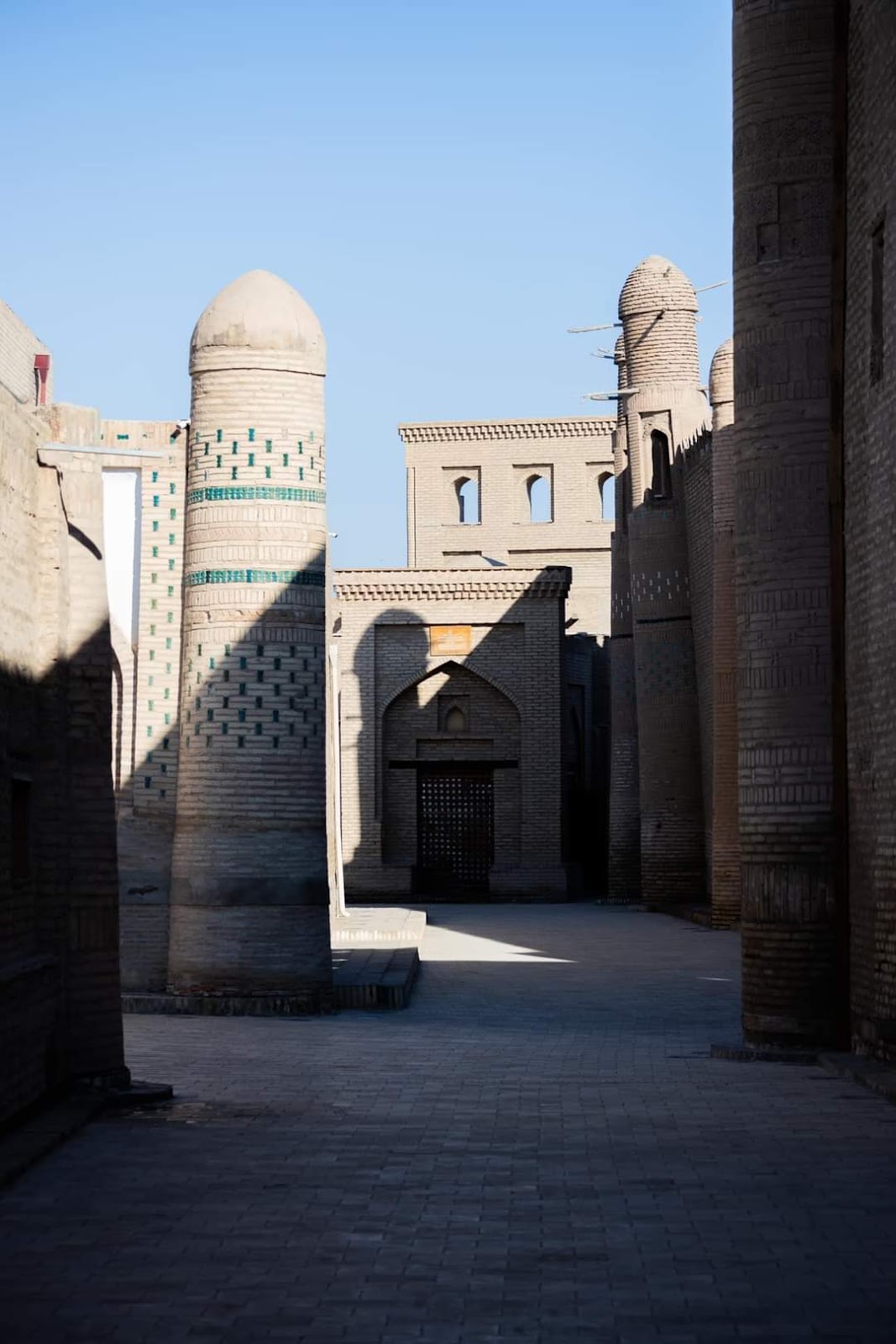





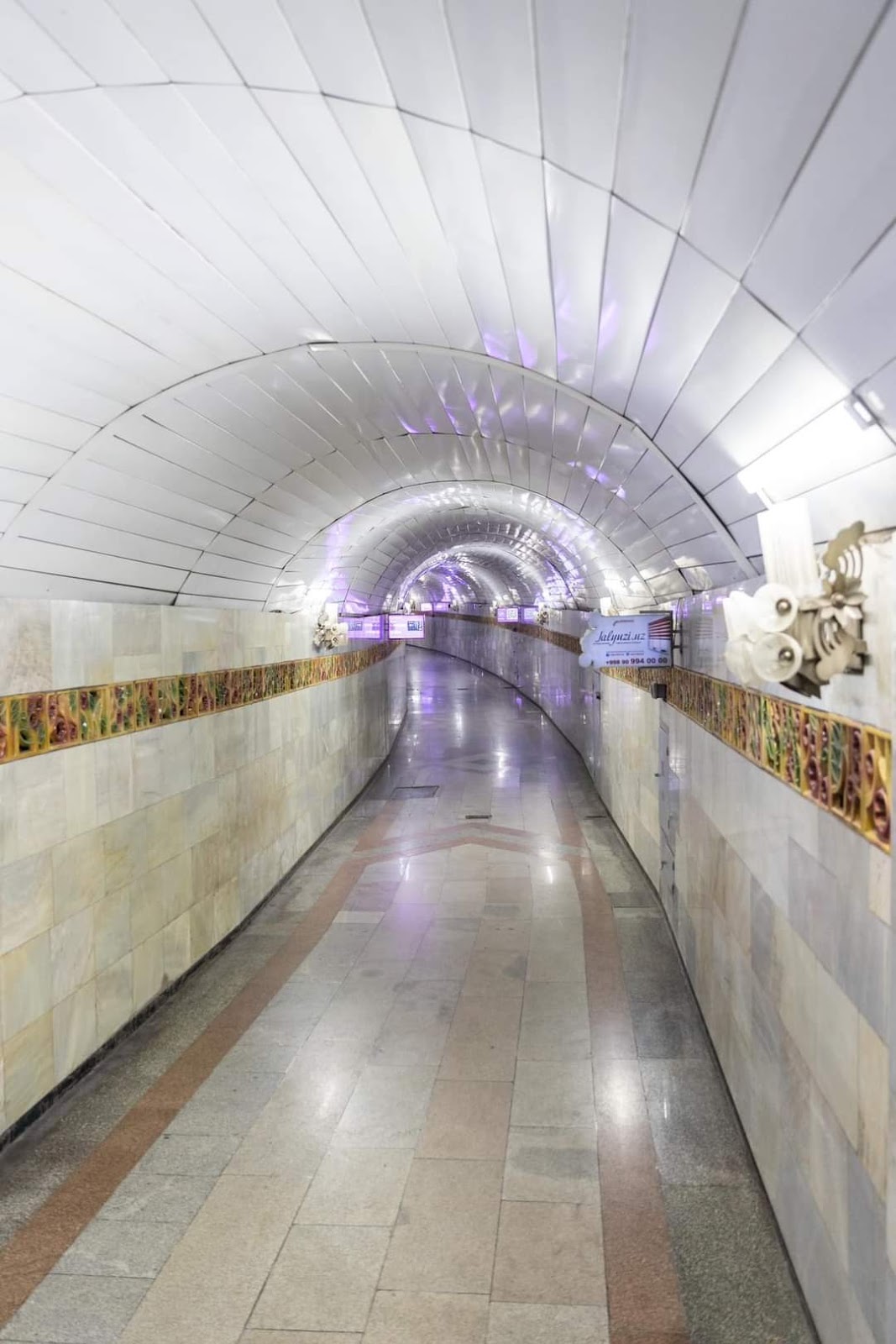



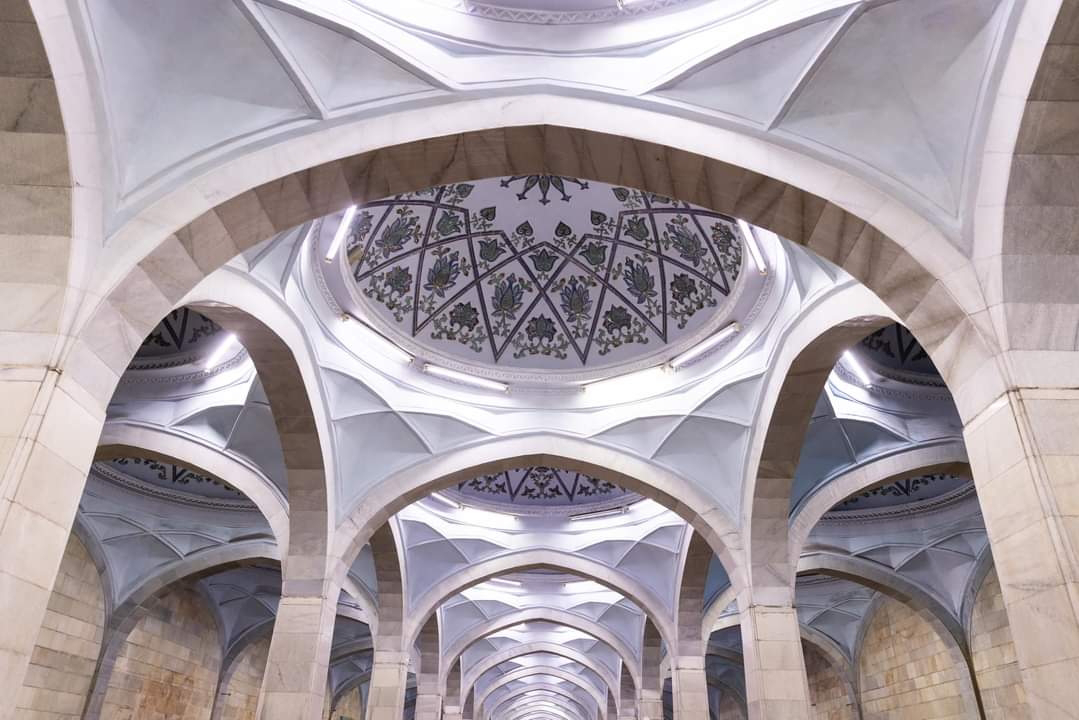



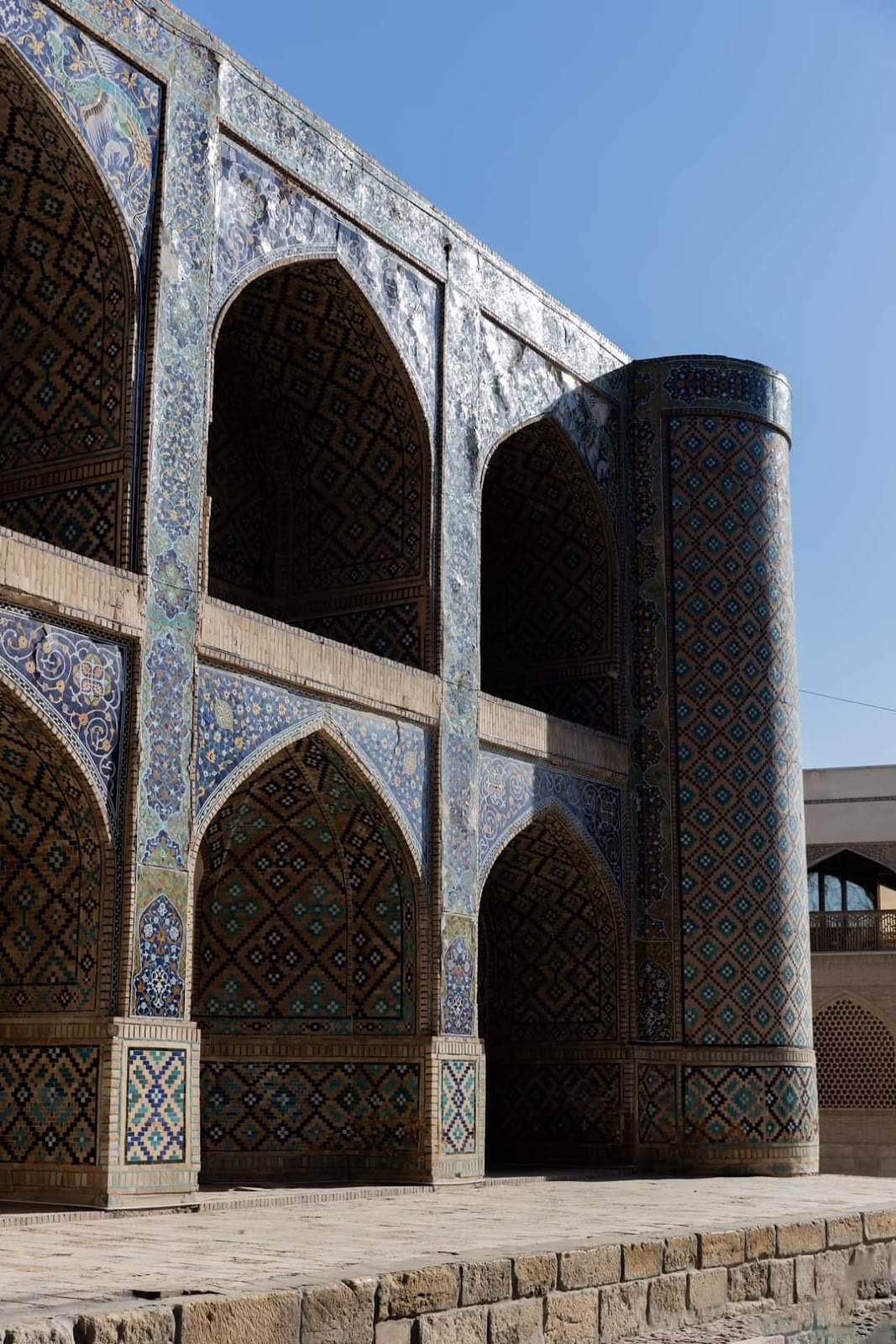


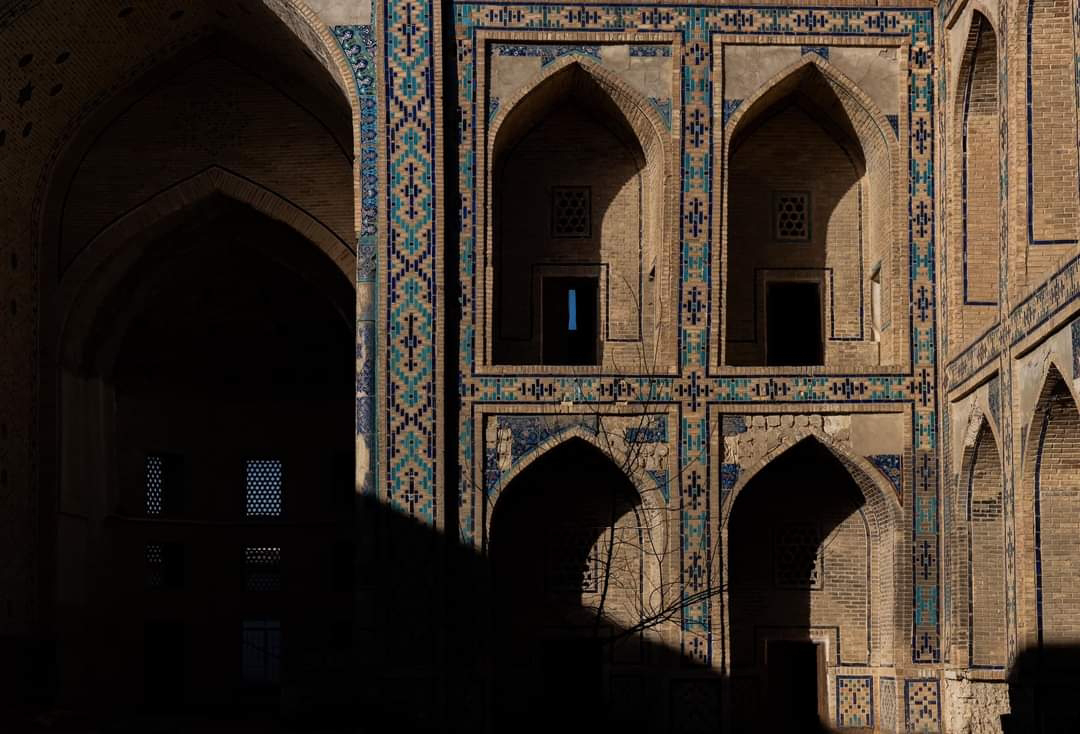











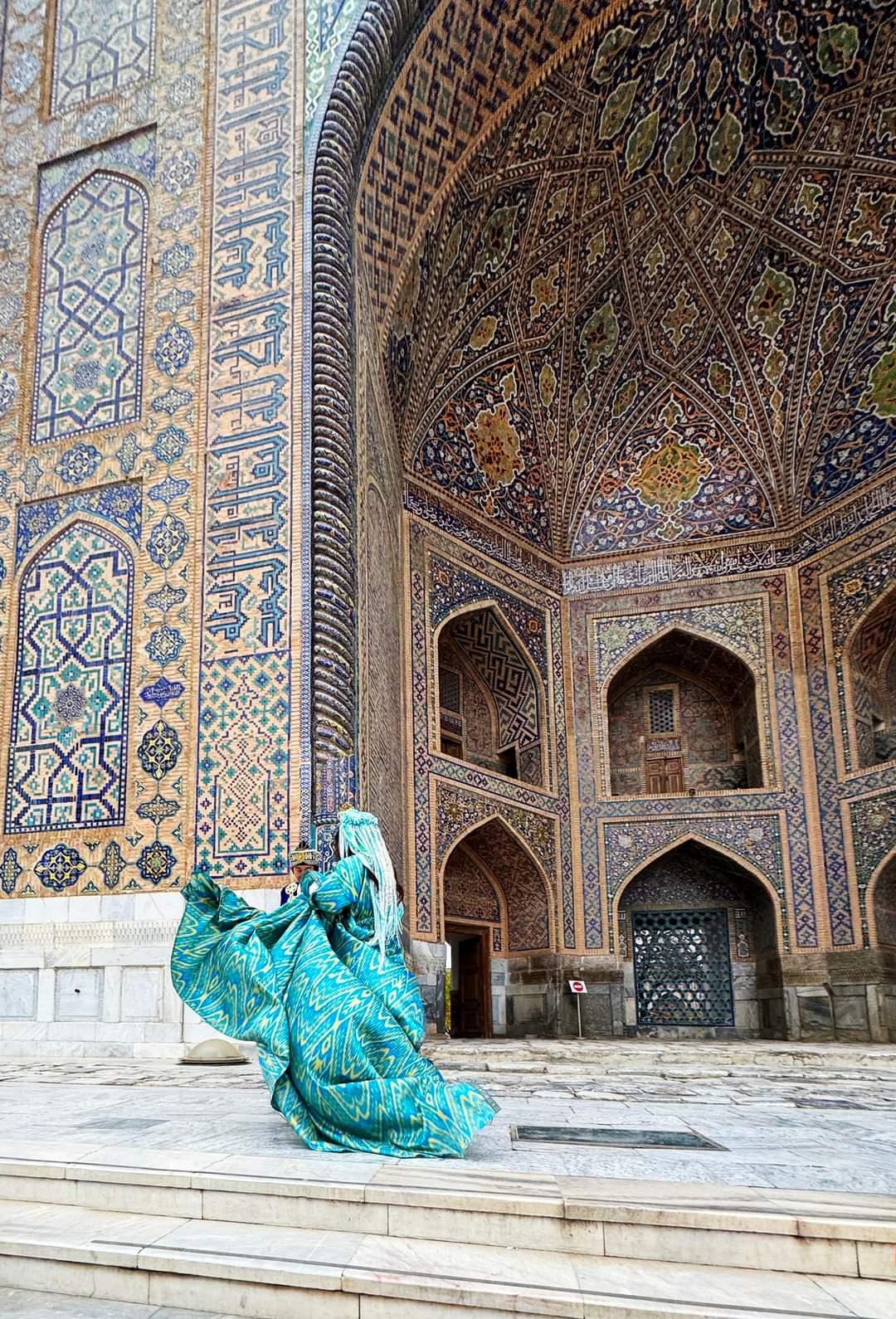
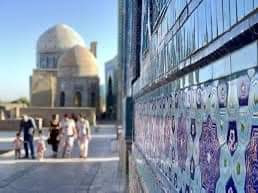
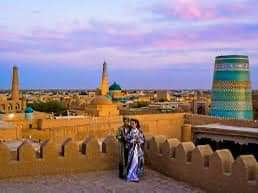




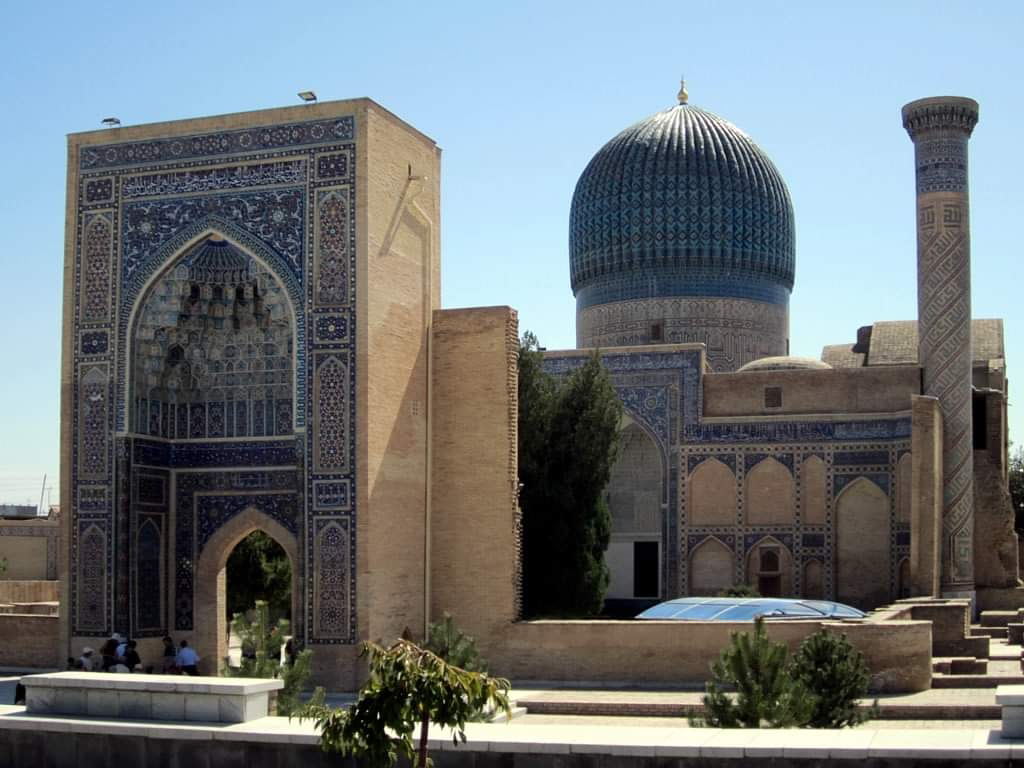



Comments
Post a Comment